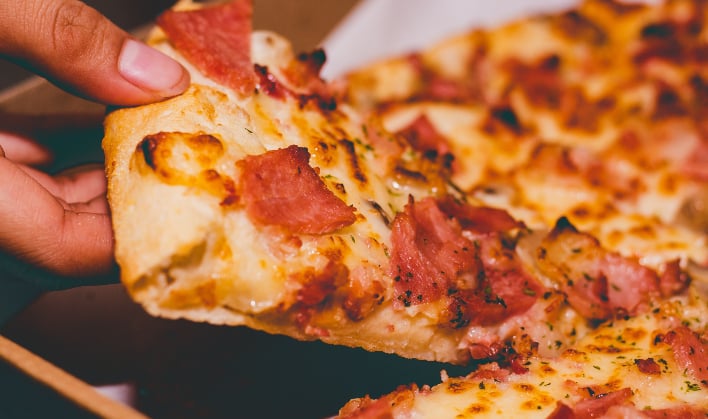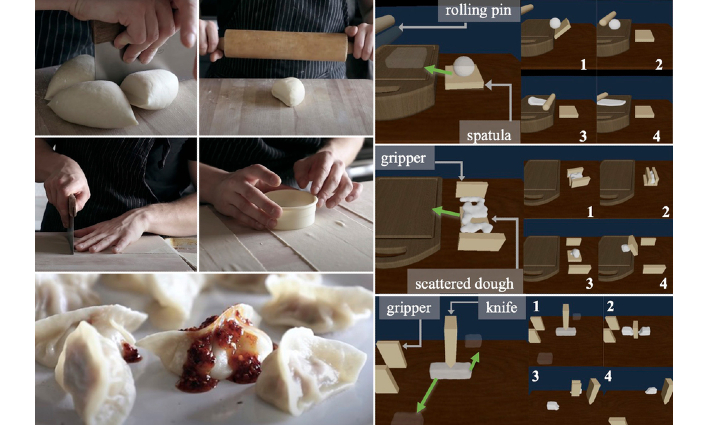Teaching Robots To Make Pizza Could Advance AI And Out Pizza The Hut

When someone thinks of a pizza being made, images of someone in a pizzeria tossing a spinning ring of dough into the air may come to mind. But the process of making the dough that forms the base of a pizza is not as simple as we humans may think. Well, for a robot anyway. This is because dough is a deformable object that can change shape in a multitude of ways as it is being prepared. For a robot, this process can be extremely difficult, as it requires a long sequence of steps with many possible choices, and the learning process typically occurs through trial and error.
Researchers at MIT believe they have created a solution for this dilemma. They have come up with a new method, called DiffSkill, that can perform complex manipulation tasks in simulations such as cutting and spreading dough, while exceeding other machine-learning methods.
“This method is closer to how we as humans plan our actions. When a human does a long-horizon task, we are not writing down all the details. We have a higher-level planner that roughly tells us what the stages are and some of the intermediate goals we need to achieve along the way, and then we execute them,” stated Yunzhu Li, a graduate student in the Computer Science and Artificial Intelligence Laboratory (CSAIL), and author of the research paper presenting DiffSkill.
The group of researchers developed a framework for a robotic manipulation system that utilizes a two-stage learning process. The first is a “teacher” algorithm which solves each step the robot must perform in order to complete the task. The second stage is a “student” machine-learning model that trains the robot to learn abstract ideas about when and how to accomplish the task.
The “teacher” in the DiffSkill framework is focused on short-horizon tasks, where an object’s initial state and target location are near one another. This trajectory optimization operates in a simulator that mimics the physics of the real world, and then uses that information to learn how the dough needs to move at each stage, one at a time, and then outputs those trajectories.
After that, the “student” neural network learns to imitate the teacher. It uses two camera images as inputs, one showing the dough in its current state and another showing the dough in its final form. The neural network then develops a high-level plan to decide how to put together the different skills needed to complete the task. At that point, short-horizon trajectories are generated for each skill required and sends commands directly to the tools.
What researchers discovered, was when the DiffSkill technique was compared to other techniques that rely on reinforcement learning, it outperformed them. “Our framework provides a novel way for robots to acquire new skills. These skills can then be chained to solve more complex tasks which are beyond the capability of previous robot systems,” said Xingyu Lin, a graduate student at Carnegie Mellon University.
Because the method focuses on controlling tools, researchers believe it could be applied to different robotic settings. One of the examples they proposed as a possible setting this could be used where robots need to manipulate deformed objects was in a setting where “a caregiving robot that feeds, bathes, or dresses someone elderly or with motor impairments”. While this may sound odd, it is more about creating a robot that is capable of more diverse tasks, like cloth manipulation.


